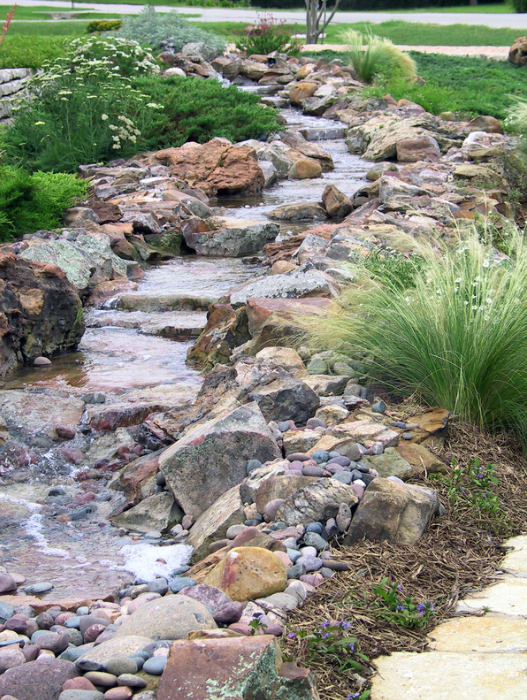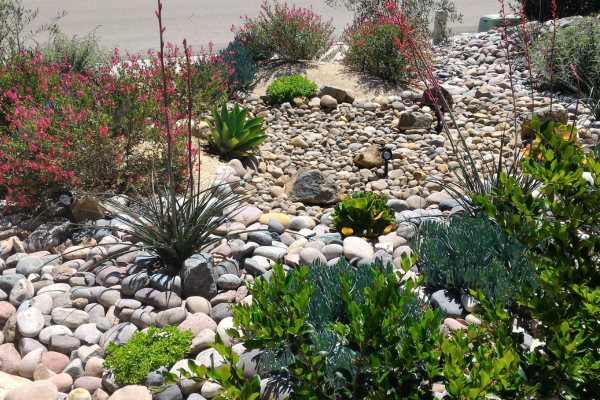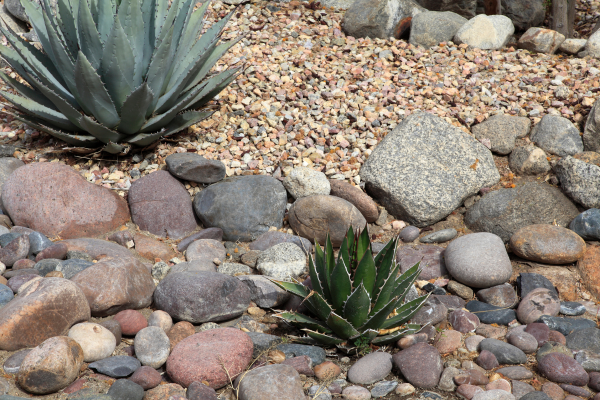Professional Xeriscaping Services in Austin, TX
We offer both residential and commercial xeriscaping installation packages for all of your drought-tolerant landscaping needs.
Get a free quote
Contact Us
Free Estimate for Xeriscaping Design & Plants
What is Xeriscaping?
Xeriscaping is a landscaping technique that emphasizes water conservation, deriving its name from the Greek word "xeros," meaning dry. It includes selecting drought-tolerant native plants that require minimal watering, improving the soil with organic matter to enhance moisture retention, and using efficient irrigation methods like drip systems to minimize water waste. Applying mulch helps retain soil moisture, reduces temperature fluctuations, and suppresses weeds. Xeriscape landscaping minimizes lawn areas, using low-water ground covers instead. This method conserves water and reduces maintenance while maintaining an attractive landscape.
Local to Austin Area
Save Time
Stress Less
More Time with Family
Benefits of Xeriscaping
An Austin xeriscape can provide these benefits:
- Water Conservation: Significantly reduces water usage with drought-resistant plants and efficient irrigation.
- Low Maintenance: Requires less mowing, and watering, without using chemicals, saving time and reducing environmental impact.
- Cost Savings: Lower utility and maintenance costs make it financially beneficial.
- Aesthetic Value: Enhances curb appeal with diverse, visually attractive plant selections, increasing property value.
- Environmental Benefits: Decreases chemical runoff and conserves energy, supporting sustainability.
- Climate Resilience: Thrives in variable weather conditions, maintaining beauty without extra resources.
Popular Xeriscaping Plants
In Austin's hot and dry climate, xeriscape plants thrive, making them excellent choices for water-efficient landscaping:
- Texas Sage: Features silvery foliage and purple flowers, responding well to humidity.
- Agave: Offers dramatic, architectural shapes with various species available.
- Yucca: Provides striking vertical elements and tall white flowers.
- Lantana: Drought-tolerant, attracts butterflies, and offers continuous blooms.
- Sedum: Low-growing succulents that form colorful flowering carpets.
- Mexican Feather Grass: Adds soft texture with its graceful, breezy movement.
- Red Yucca: Produces red or yellow flowers and resists drought well.
- Bluebonnets: Texas's state flower thrives in poor, dry soils with vibrant spring blooms.

Do xeriscaping plants need regular fertilization?

Xeriscaping plants typically require minimal fertilization compared to traditional landscaping plants. Successful xeriscaping involves selecting native or drought-tolerant plants adaptable to local soil and climate conditions. These plants are naturally equipped to thrive in their native environments.
When setting up a xeriscape, xeriscape landscapers improve the soil with organic amendments like compost at the time of planting that can provide a good nutrient base to support plant health without the need for additional fertilization. If fertilization is necessary, it's usually less frequent and less intensive.
Organic, slow-release fertilizers that don’t contribute to chemical runoff, will maintain the environmental benefits of xeriscaping. Once established, xeriscaping plants should thrive with little intervention, ensuring your landscape is low maintenance and sustainable.
When is the best time to install xeriscaping in Austin?
The best times to install xeriscaping in Austin are during the cooler, rainier months of early spring (March to April) and fall (October to November).
These periods allow plants to establish roots comfortably before the extreme heat of summer or during mild fall conditions, which support root growth with adequate natural rainfall.
Avoid summer months because high temperatures and potential droughts can stress new plants, increasing water needs contrary to xeriscaping principles.


